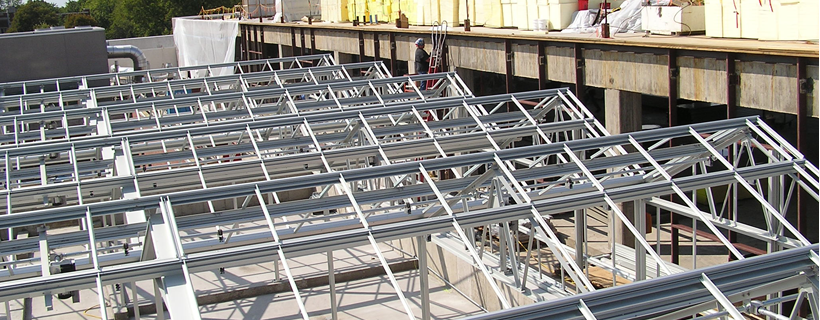The varying designs, styles, and shapes of roofs exist and have been created to accommodate the needs of the structure they are covering. Some of the most primary needs that a structure demands from a roof are protection from the weather, overall design compatibility with the existing structure, and housing of internal elements such as piping, electrical wiring, ventilation, insulation, and sometimes
Different types of Roofs:
Gable Roof:
- Gable roof designs are one of the more simple styles when it comes to roofs.
- The gable roof style looks like an inverted/upside down V. Gable roofs are not ideal for areas with high wind because they easily can catch the wind much like a sail would.
Flat Roof:
- Flat roofs are common especially with commercial buildings.
- Flat roofs are definitely the most simple roof to build because they have little to no pitch. The most common types of roofing systems used with flat roofs are rubber roofing systems.
Hip Roof:
- Hip roofs are a common residential style roof. This type of roof is more difficult to construct when compared to flat roofs and gable roofs because they have a more complicated truss and rafter structure.
- A hip roof style roof has four sloping sides with zero vertical roof lines/walls. Hip roofs can be both square and rectangular.
Gambrel Roof:
- The best way to describe a gambrel roof is by saying barn roof. The gambrel style roof is most commonly used on barns.
- This type of roof has the benefit of providing a good amount of space in the attic.
- In fact, it provides so much extra space that it is often turned into bedrooms or other living areas.
Dutch Hip Roof:
- The dutch hip roof is basically a hip roof with a small gable at either end. The gables can be used as ventilation.
Shed Roof:
- A shed roof is basically a flat roof but has more pitch. It is frequently used for additions on homes or other roof styles.

